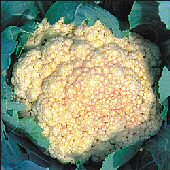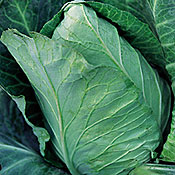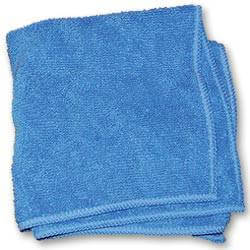Chuck Wagon Triangle Bell (or how to call your kids to dinner)
Contrary to popular belief a LOT of kids are still be raised in areas where they can go outside after breakfast and not be seen til they get hungry for lunch. They’re playing in fields and haylofts, snuggling their ducklings, picking up games of softball and hide and seek and doing all the things a lot of us did when we were kids. Whether you see them after lunch might depend on the weather, whose mom or dad has the best afternoon snacks or whether the pool in town is open. And after supper, they’re outside again. But where are they when it’s time to come in for a shower and bedtime?
My brother slipped up once after my mother marched around the neighborhood looking for him. “I didn’t hear you the first three times you yelled,” he said. Oh was he ever in troubbbble. Mum didn’t know she needed the Chuck Wagon Triangle Bell.
When we moved out to the woods and 45 acres of land the area our kids played in grew by miles. There’s a stream a third of a mile from the house with great trout fishing, a pond just a hundred miles from the house, thousands of trees to climb…you get the picture. We can yell only so loud for long before we’re hoarse. Save your vocal cords for better things. You need a Chuck Wagon Triangle Bell.
The Chuck Wagon Triangle Bell is loud! Neighbors a quarter mile up the road can hear the bell when I stood on the back porch ringing in the kids. They’re grown and gone now but the bell is still out there from spring through fall. When my husband is out of sight I can ring the bell and he knows it’s time for supper or there’s something he needs to attend to. He rings it when I’m away from the house.
Spring’s here! Try the triangle bell. It’ll carry further than your voice!

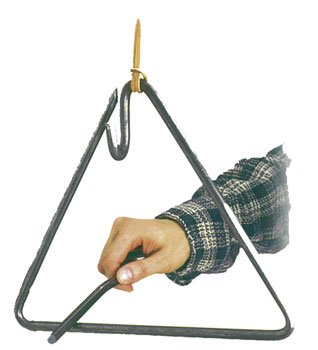
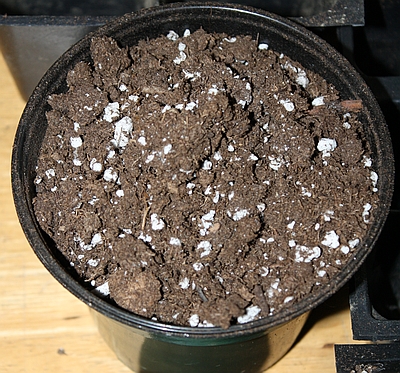


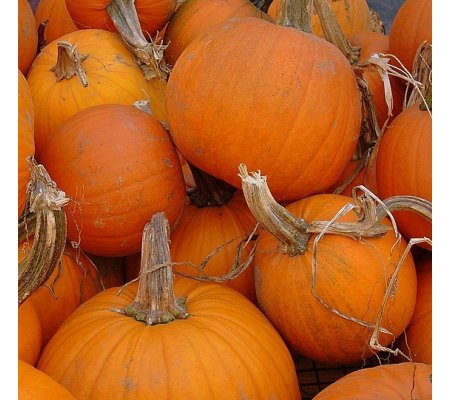
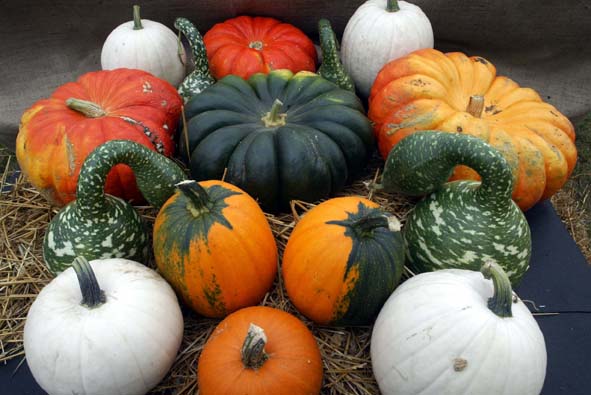
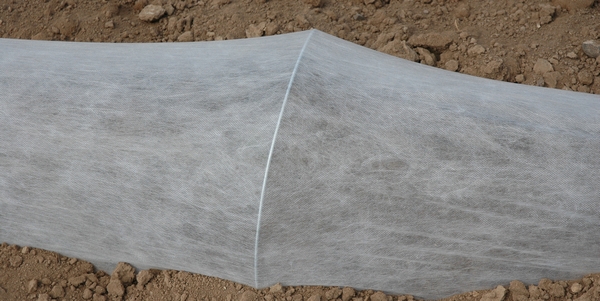
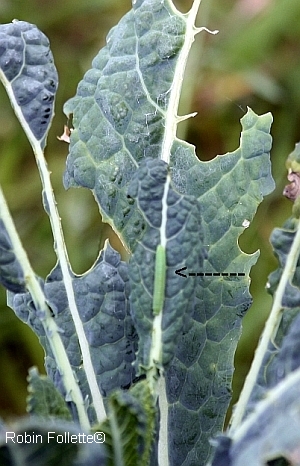

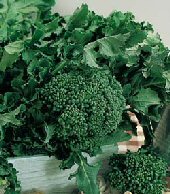
 Cool weather crops like to have cool feet, and by feet I mean roots. You can crowd the plants enough to keep the sun off the soil when the plants mature without crowding them so much you stunt their growth. The leaves will fill in and create shade that keeps the soil cooler and slows the germination of weed seeds. It’s a great way to save space in the garden.
Cool weather crops like to have cool feet, and by feet I mean roots. You can crowd the plants enough to keep the sun off the soil when the plants mature without crowding them so much you stunt their growth. The leaves will fill in and create shade that keeps the soil cooler and slows the germination of weed seeds. It’s a great way to save space in the garden.